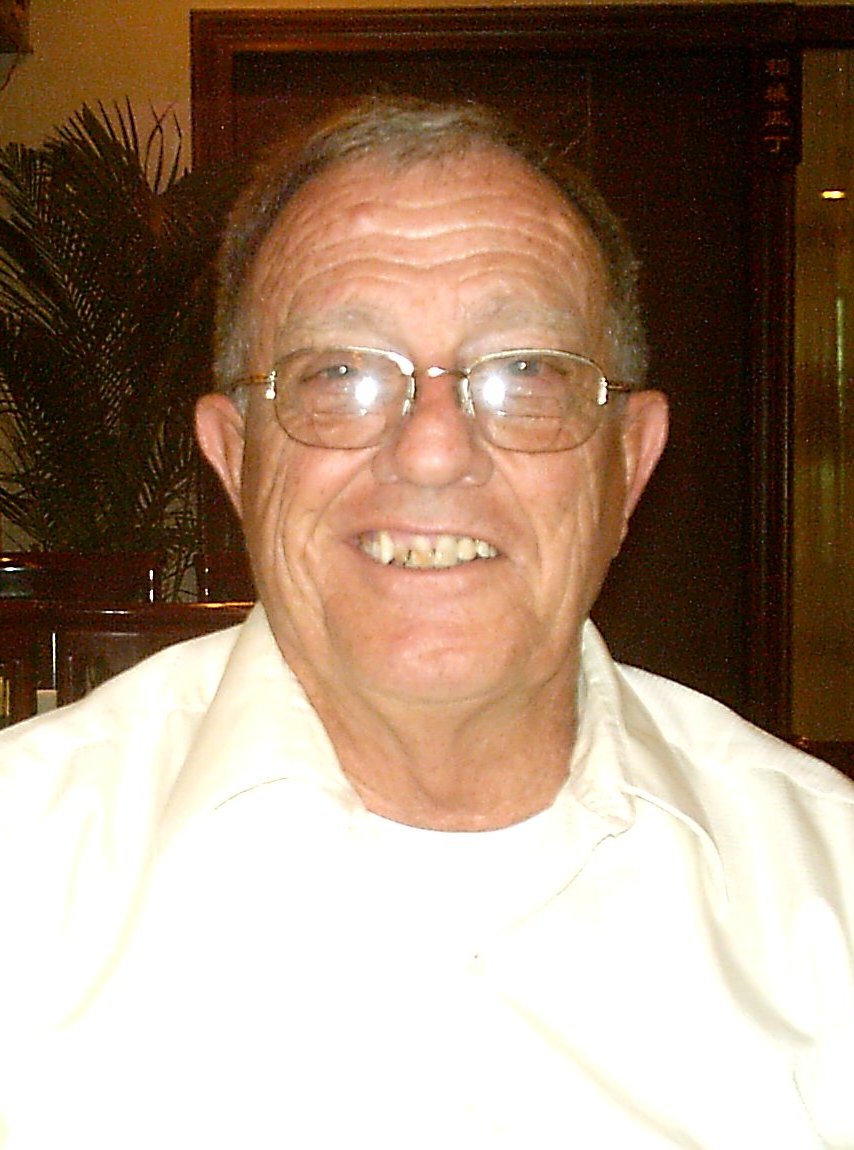Compact Reactor
Year: 2007 Pages: 7
Keywords: Theory, design, and computerized simulation
SPACE TECHNOLOGY AND APPLICATIONS INTERNATIONAL FORUM-STAIF 2007: 11th Conf Thermophys.Applic.in Micrograv.; 24th Symp Space Nucl.Pwr.Propulsion; 5th Conf Hum/Robotic Techn & Vision Space Explor.; 5th Symp Space Coloniz.; 4th Symp New Frontrs & Future Con. AIP Conference Proceedings. Weyl's Gauge Principle of 1929 has been used to establish Weyl's Quantum Principle (WQP) that requires that the Weyl scale factor should be unity. It has been shown that the WQP requires the following: quantum mechanics must be used to determine system states; the electrostatic potential must be non-singular and quantified; interactions between particles with different electric charges (i.e. electron and proton) do not obey Newton's Third Law at sub-nuclear separations, and nuclear particles may be much different than expected using the standard model. The above WQP requirements lead to a potential fusion reactor wherein deuterium nuclei are preferentially fused into helium nuclei. Because the deuterium nuclei are preferentially fused into helium nuclei at temperatures and energies lower than specified by the standard model there is no harmful radiation as a byproduct of this fusion process. Therefore, a reactor using this reaction does not need any shielding to contain such radiation. The energy released from each reaction and the absence of shielding makes the deuterium-plus-deuterium-to-helium (DDH) reactor very compact when compared to other reactors, both fission and fusion types. Moreover, the potential energy output per reactor weight and the absence of harmful radiation makes the DDH reactor an ideal candidate for space power. The logic is summarized by which the WQP requires the above conditions that make the prediction of DDH possible. The details of the DDH reaction will be presented along with the specifics of why the DDH reactor may be made to cause two deuterium nuclei to preferentially fuse to a helium nucleus. The presentation will also indicate the calculations needed to predict the reactor temperature as a function of fuel loading, reactor size, and desired output and will include the progress achieved to date.


